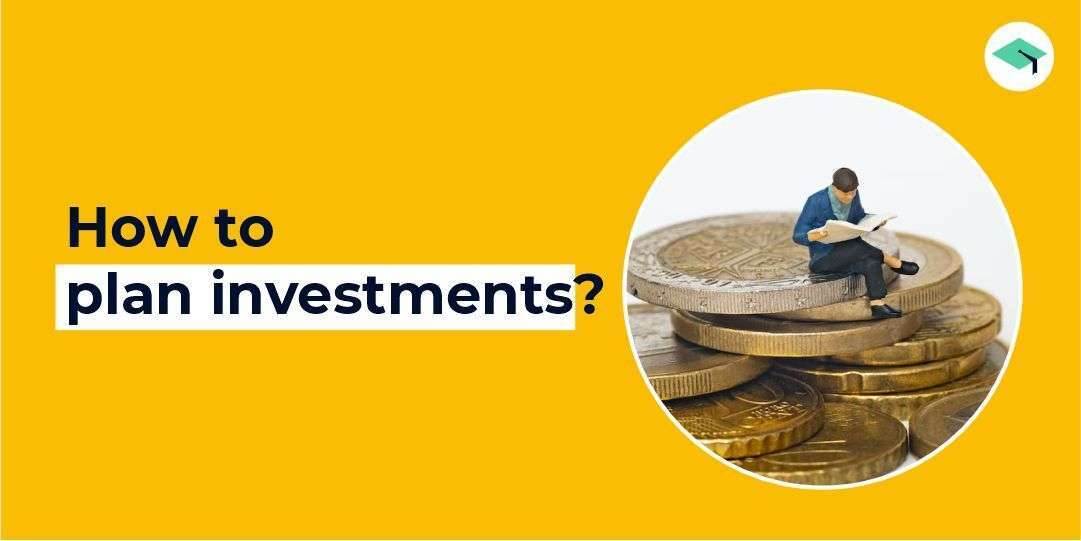A business cycle also called an ‘economic cycle’, has five stages
- Launch
- Growth
- Shake-out
- Maturity
- Decline
Every business and economy has ups and downs. Additionally, understanding when the economic cycle starts or ends can be difficult. That is why you may end up investing in the middle of a process.
Take a look at the image below. In it, you’ll notice that the market has gone through its own set of good events and some bad ones too. However, despite this, the market still seems to rise.
Investing over the long term
Many analysts/wealth advisors recommend holding on to your investments or staying invested for the long term. But have you wondered how long is long enough?
Should you hold your investment for 5 years, 15 years, or 25 years? Read on to find out.
Our expert advice
Our experts think you do not have to hold an investment for 20-25 years to get decent returns. They recommend keeping your assets for at least one business cycle as long as 7-8 years.

How to plan your investments?
To understand how being invested for at least one business cycle can be ideal, consider two scenarios- investing in the market in 2008 & investing in the market in 2015.
Scenario 1
If you invested via SIPs in January 2008, when BSE Sensex was at 20813 through the SIP route and remained funded for one business cycle (January 2008 – December 2014), here is what the value of your investments would look like over this time.

Note: Period understudy is between Jan’08-Dec’14 (No. of months 84). Data for BSE Sensex Index has been taken for calculating the SIP returns.
| Year | SIP Amount Per Month | Invested Amount | Accumulated Amount | XIRR | No. of Transaction |
| 2008 | ₹ 5,000 | ₹ 4,20,000 | ₹ 7,02,503 | 14.75% | 84 |
According to the calculation above, you made money on your investments even when the market was corrected by almost 60%.
Additionally, while 2008 has been considered the worst year for the Indian economy, investors who began investing in then made handsome gains on their investments.
Scenario 2
If you invested via SIPs in January 2015 when BSE was at 26909 and remained
If you invested via SIPs in Jan 2015 when BSE was at 26909 and remained funded for one business cycle (January 2015 – December 2021), here’s how your investments would have grown in value over time.
| Year | SIP Amount Per Month | Invested Amount | Accumulated Amount | XIRR | No. of Transaction |
| 2015 | ₹ 5,000 | ₹ 4,20,000 | ₹ 7,22,867 | 15.33% | 84 |
Similarly, you can count on higher returns despite all the downs of the market if you look at another business. That means all you need to do – is stay invested.
So, to even out the market ups and downs and make higher returns, consider remaining invested for at least one business cycle rather than redeeming your investment over a short term for lesser gains.
FAQs
What is a business cycle?
A business cycle also called an ‘economic cycle’, has five stages
- Launch
- Growth
- Shake-out
- Maturity
- Decline
How to plan your investments?
By downloading the Edufund app, you can start planning your investments. From figuring out the cost of education via College Cost Calculator to starting a SIP for long-term and short-term goals on the app and getting market expertise from saving experts, you can do it all on the App.
Is investing only for the rich?
No, investing is for everyone. You can start a SIP for Rs. 500 or 1000 every month to start investing and scale up your investments as you grow.
